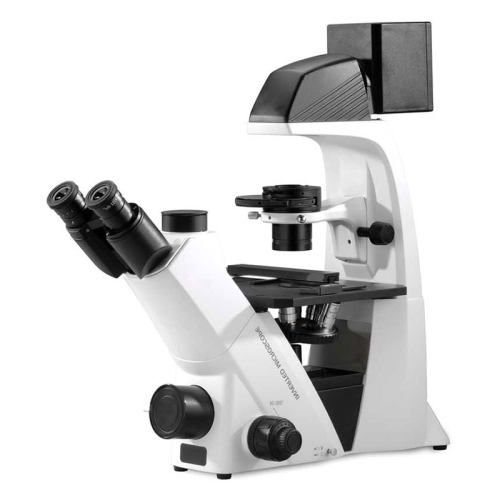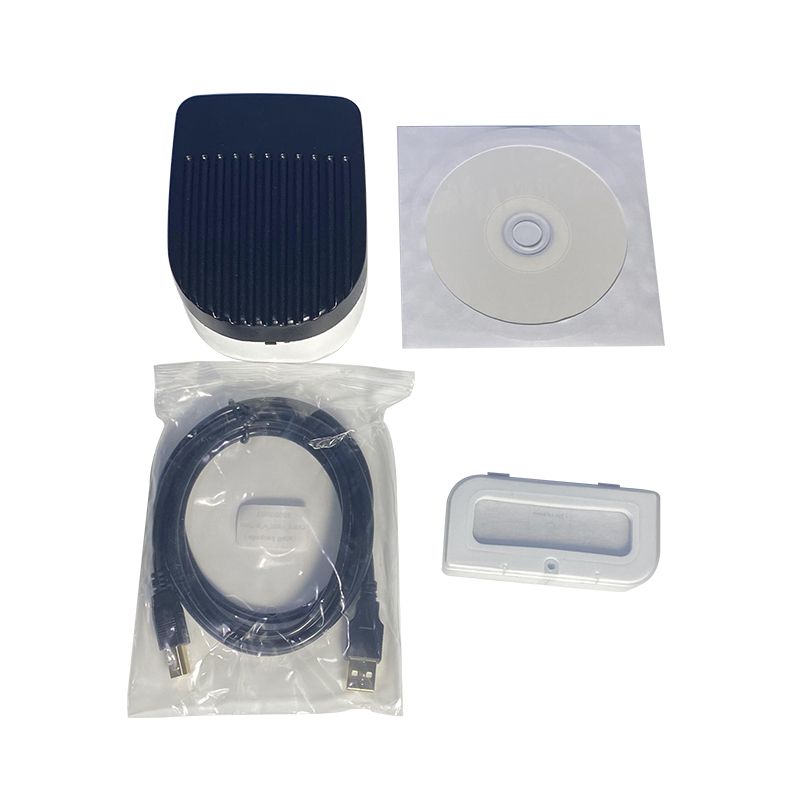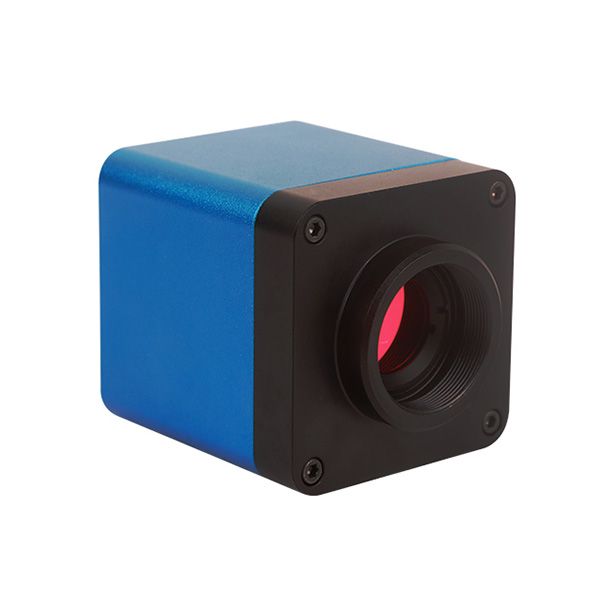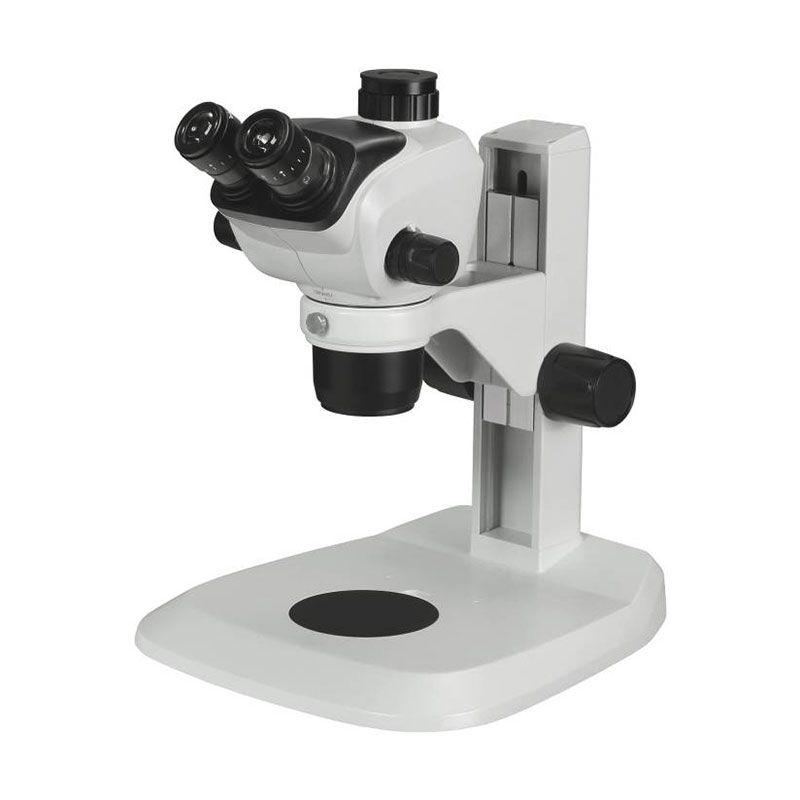Choosing the right laboratory microscope can be overwhelming. With countless models, configurations, and features available, from biological microscopes to digital microscopes for laboratory use, it’s easy to get lost. Whether you are a school lab manager, a research scientist, or a clinical laboratory professional, the key is to identify your needs first. At Scopelab, we help you navigate these choices and recommend the right professional lab microscope tailored to your application.
By understanding your requirements, you can maximize performance, minimize costs, and ensure long-term reliability.

Determine the Application Scenario: Configuration Solutions for Three Major Labs
The function of the lab is the ultimate determinant of the necessary microscope configuration. We categorize the requirements into three major groups, each demanding a different set of features.
1. Clinical and Medical Laboratories
This is where speed, reliability, and excellent optics are non-negotiable for accurate diagnosis.
| Lab Type | Core Application | Recommended Microscope Category | Key Configuration Requirements |
| Pathology/Hematology | Tissue analysis (H&E staining), blood smears, cytology. | Clinical Microscope (Upright) | High-quality Plan Apochromatic Objectives for flat, color-corrected fields; Ergonomic Design (tilted head, low-position stage controls) for extended use; Uniform, high-intensity LED illumination. |
| Medical Diagnostics | Routine testing, urinalysis, general cell counting. | Medical Lab Microscope (Standard Upright) | Durable build, Plan Achromatic Objectives, reliable coarse/fine focus mechanism. |
Scopelab Solution: Our Biological Microscope series is specifically designed for the demands of the microscope for medical lab, offering the perfect balance of optical performance and user comfort.

2. Microbiology and Life Science Research Labs
These environments require advanced contrast techniques to view colorless or live specimens, often necessitating high magnification and specialized illumination.
| Lab Type | Core Application | Recommended Microscope Category | Key Configuration Requirements |
| Microbiology/Cell Biology | Observing bacteria, yeast, primary cell cultures, in-vitro experiments. | Microscope for Microbiology Lab (Upright/Inverted) | Phase Contrast capability (essential for live, unstained cells); High Numerical Aperture (NA) 100x Oil Immersion Objective; If observing dishes/flasks: an Inverted Microscope. |
| Advanced Research | Gene expression, protein localization, live cell imaging. | Fluorescence Microscope | Multiple filter cubes (DAPI, FITC, TRITC); High-powered light source (LED or Mercury/Xenon); Vibration isolation. |
Scopelab Solution: Explore our specialized Fluorescence Microscope and Inverted Microscope options for cutting-edge research.
3. Quality Control and Material Science Labs
These applications often deal with opaque samples or require a three-dimensional view, making stereo or metallurgical microscopes the better choice.
| Lab Type | Core Application | Recommended Microscope Category | Key Configuration Requirements |
| QC/Assembly | Inspection of electronics, components, or large samples. | Stereo Microscope | Large Working Distance, Zoom magnification, Incident and Transmitted light options. |
| Material Analysis | Analyzing metal grain structures, fractures, or opaque materials. | Metallurgical Microscope | Reflected Illumination (Epi-illumination), Polarizing Microscope functionality for material birefringence. |

Key Technical Configuration Breakdown: Four Pillars of a “Good Microscope”
No matter the application, four technical elements fundamentally dictate the quality and utility of your professional lab microscope.
1. The Power of Optics: Objectives and Resolution
The objective lens is the heart of the system. High-quality Plan objectives ensure the image is flat from center to edge.
Resolution is Key: Always look at the Numerical Aperture (NA), not just the magnification. A higher NA means better light collection and, critically, higher resolution—the ability to distinguish between two close points.
2. Embracing Digitalization: The Power of a Camera
A laboratory microscope with camera is no longer a luxury—it’s standard practice. Digital imaging is essential for documentation, measurement, reporting, and remote consultation.
Digital Microscope for Laboratory: Whether you integrate a camera onto a trinocular port or use an all-in-one system, a quality microscope camera is vital. Consider CMOS vs. CCD technology and look for high frame rates (FPS) for smooth live viewing. Our Digital Microscope selection provides seamless integration.
3. Illumination and Contrast Techniques
Beyond standard Brightfield, advanced techniques transform visibility:
- Phase Contrast: Ideal for high-contrast viewing of thin, unstained (and often live) specimens.
- Fluorescence: Required for highly specific detection of tagged molecules.
4. Ergonomics (Especially for the Clinical User)
For the microscope for pathology lab or high-volume clinical microscope, features like adjustable head height, low-position mechanical stage controls, and comfortable viewing angles are essential to prevent user fatigue and repetitive strain injuries.
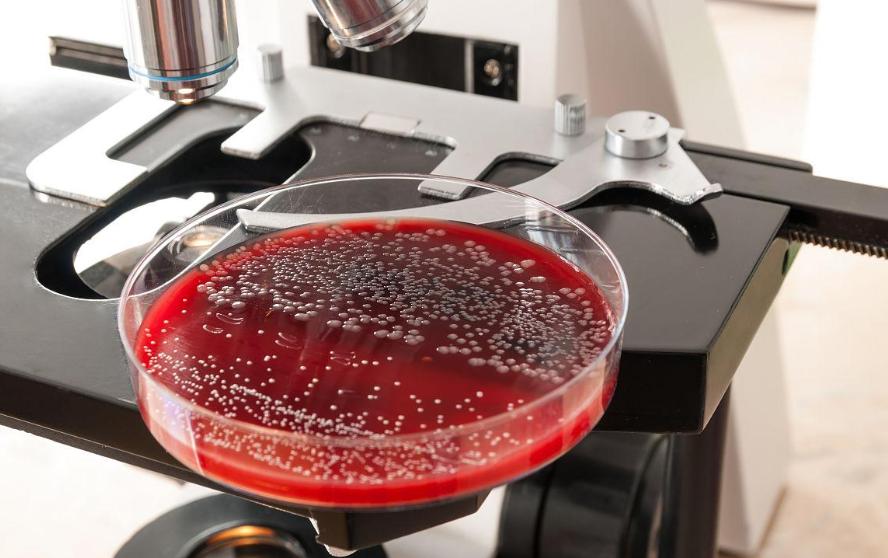
Price and Budget Considerations: How to Find a High-Value Configuration
The lab microscope price spectrum is wide, but focusing on value means investing where it counts most: the optics and mechanics.
- Entry-Level (Budget-Conscious): Excellent for teaching or routine, low-volume tasks. Focus on solid mechanics and standard achromatic objectives.
- Mid-Range (Clinical/Science Lab): This is the sweet spot for most professional labs. Requires Plan Achromatic Objectives and the option to add phase contrast or a quality laboratory microscope with camera.
- High-End (Research/Pathology): Demands Plan Apochromatic Optics, motorized components, advanced software, and specialized illumination (e.g., DIC, Confocal).
Scopelab’s Commitment: We are committed to transparency. By cutting out unnecessary complexity, we deliver best lab microscope quality components directly to you, ensuring you receive a superior price-to-performance ratio.
Scopelab: Your Lab Microscope Partner
Choosing the right professional lab microscope is a critical investment in your precision and productivity. Whether you need a simple, durable science lab microscope or an advanced digital microscope for laboratory imaging, the key is matching the configuration to your specific needs—from microscope for medical lab diagnosis to specialized research.
Ready to move from research to purchase? Use this quick guide to find your perfect fit from the Scopelab range:
| Your Lab Need Is… | Scopelab Recommended Product Series |
| Routine Diagnostics/Teaching | Biological Microscope |
| Live Cell Imaging/Culture | Inverted Microscope |
| High-Resolution Documentation/Measurement | Digital Microscope |
| Fluorescence Tagging/Immunohistochemistry | Fluorescence Microscope |
| Material/3D Inspection | Stereo Microscope |
Don’t settle for guesswork. Contact the optical experts at Scopelab today for a personalized consultation and a quote on the exact configuration you need to drive your lab’s success. Let us help you see the world with greater clarity!
